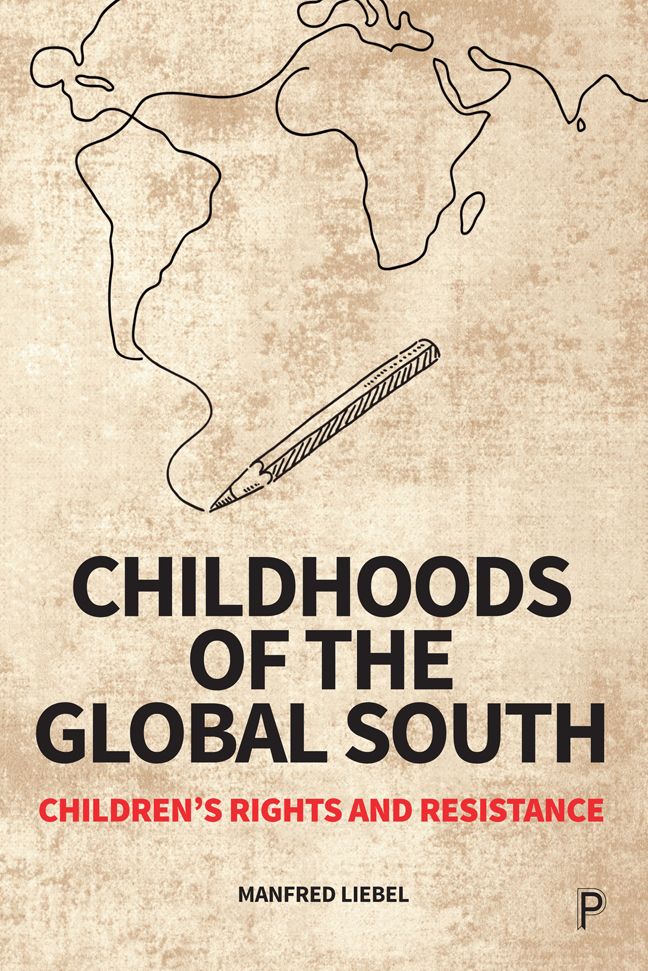2 - Children's rights movements and the hidden history of children's rights
Published online by Cambridge University Press: 23 January 2024
Summary
Introduction
If we understand children's rights as a specific form of human rights, their beginning would be dated in the European Enlightenment or in the 18th century. However, when we take a closer look at the different aspects of children's rights, it is not possible to limit them to a purely European achievement nor to the past 250 years. Human rights and children's rights are not only the fruit of the illustrious ideas of some philosophers and pedagogues, they also emerge from social struggles for a better life, understood as humane, which could no longer be withheld from children. Children, especially those from the subaltern classes, in former times also participated in this struggle. Today, major impulses for the reconceptualization of children's rights come from young people of the Global South.
In the history of children's rights, two main strands can be distinguished: on one hand, those who emphasize the protection of children and later the guarantee of their dignified living conditions, and on the other hand, those who strive for the equality and active participation of children in society (see Renaut, 2002). The two strands are not entirely opposed to each other, although they have each developed separately until very recently. Internationally, one strand is represented by the Geneva Declaration on the Rights of the Child, which was adopted by the League of Nations in 1924. As this history of children's rights has already been described extensively, it will not be part of our elaborations here. Rather, we look to the other, less known development, in which children's rights are foremost seen as an expression and means of the emancipation and equality of children (as human beings). As they generally go hand in hand with social movements, which aim at changing social and political conditions, we call them children's rights movements.
Children's rights movements are sometimes distinguished as ‘radical’ compared to ‘reformist’ and ‘pragmatic’ movements (Verhellen, 1994: 59– 60). Here, we refer mostly to the ‘radical’ ones. We see the distinction between ‘children's rights movements’ and ‘children liberation movements’ made by Veerman (1992) as problematic, because there is a particular understanding of children's rights in both movements. As Reynaert et al (2009: 521), we understand children's rights movements as ‘counter-movements’ against movements mainly centred in paternalistic notions of child saving and child protection.
- Type
- Chapter
- Information
- Childhoods of the Global SouthChildren's Rights and Resistance, pp. 43 - 62Publisher: Bristol University PressPrint publication year: 2023

